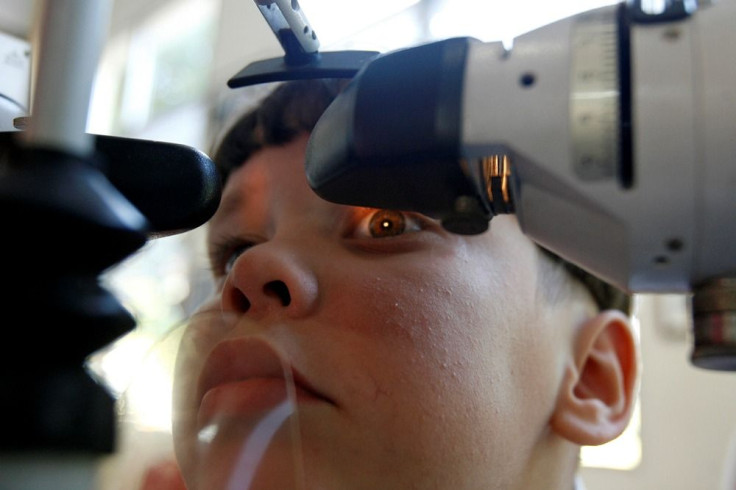FDA Approves Implantable Device For Cornea To Treat Near Vision

The U.S. Food and Drug Administration has announced on Friday, April 17, the approval of a device used to improve near vision among presbyopia patients. KAMRA inlay is an implantable device, the first of its kind, used for presbyopia patients who have not undergone a cataract surgery.
The approval was based on the results of three clinical studies involving 478 patients who achieved an improvement in uncorrected near visual acuity of 20/40 during a follow-up period of 12 months, the FDA press release stated. According to the official site of the California-based KAMRA inlay makers, AcuFocus, the implantable device is described as microscopically thin, measuring 3.8 millimetres in diameter and 1.6 millimetres in its central opening. It is intended to improve near vision in patients aged 45 to 60 years old.
“After a decade of research, development and clinical investigation, we are delighted to bring this innovative technology to surgeons and patients in the U.S.,” said Chairman and CEO for AcuFocus Jim Mazzo in a report from Healio.
Presbyopia is an eye condition characterised by loss of focus on objects at a close distance due to impairment of the crystalline lens found in the eye. The signs usually manifest when a person is in his 40s. According to the American Optometric Association, or AOA, presbyopia is not a disease, but is also not preventable. It usually comes with aging.
AOA also stated that the signs of presbyopia include blurred vision when reading from a normal distance and headaches that result from doing close work. Optometrists usually prescribe reading glasses or contact lenses to help patients with the condition.
With KARMA inlay, there is no need to use reading glasses or contact lenses to improve vision. According to the press release from FDA, KAMRA inlay works by “blocking unfocused light rays entering the eye” to help with near vision.
FDA advises that the device should not be used in patients who have undergone cataract surgery or those that have severe dry eye or any eye infection. The product label also warns that there is no known information provided on how safe or effective the device can be when used in patients who had LASIK or other refractive procedures.
To report problems or leave feedback on this article, email: wendylemeric@gmail.com.





